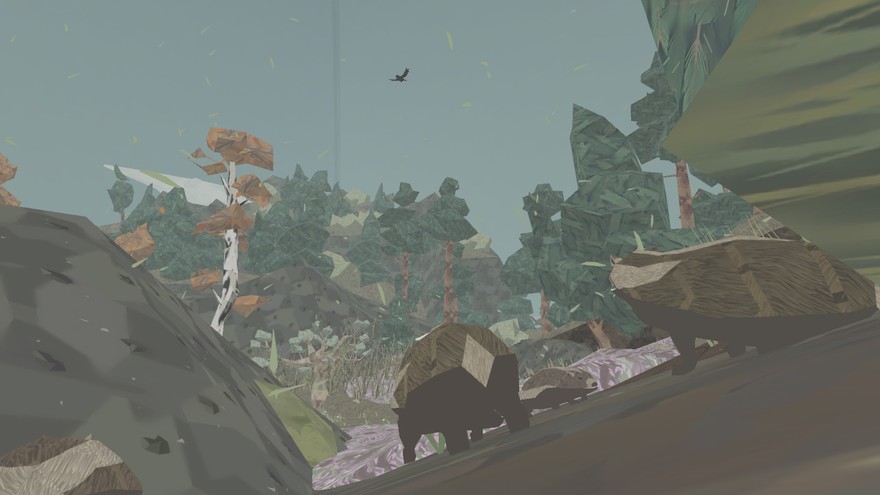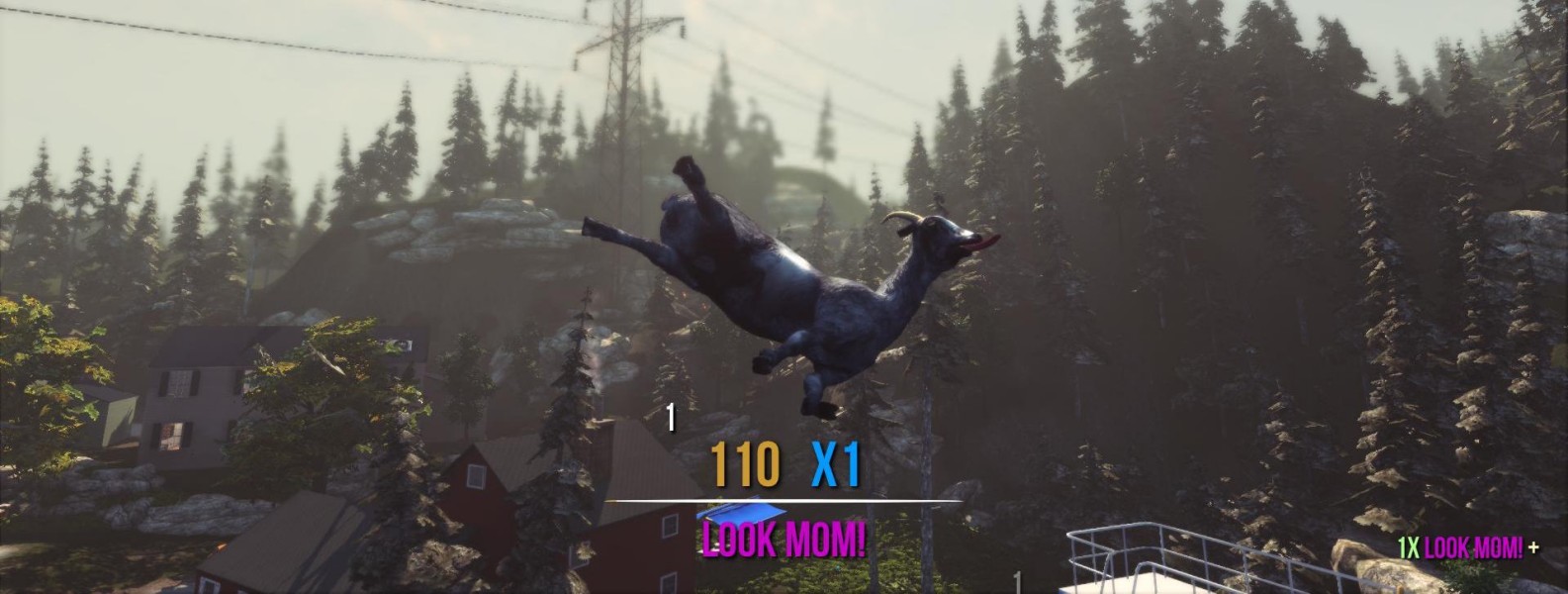When I was little, my next door neighbor liked to pretend she was a bird. One day, she sat on her swing set and started to swing back and forth, higher and higher. When she reached the highest point in her arc, she let go and flapped her little arms for all they were worth. For a moment, everything seemed to be going quite well. Then she plummeted like, well, a human. She broke her arm. It was an experiment in physics.
Kids learn the rules of the world through play and pretend. Astrophysicist and Sci-entertainer (I’m coining that term) Neil DeGrasse Tyson says, “Children are born scientists. They are always turning over rocks and plucking petals off flowers. They are always doing stuff that, by and large, is destructive. That’s what exploration really is when you think about it. An adult scientist is a kid who never grew up.” The scientific method mimics the way children play, and for good reason. It’s how we learn. A question is asked. Can I fly like a bird? A hypothesis is formed. If I copy the flapping motion of a bird, I will fly. An experiment is performed. I jump off the swing and flap. Data is collected. I break an arm. The conclusion arises. I can’t fly like a bird.
For the most part, adults don’t pretend. At least not like children. They know the rules of the world insofar as they affect their lives. The lessons that are learned as a child become “common sense” to grown-ups. So the importance of new experimentation is lost. In some ways, this is beneficial, as it allows us to use our knowledge quickly and apply it to new situations. But it also causes us to take our common sense for granted. When you don’t test common sense, your conclusions about the world might be wrong. The Philosopher Aristotle took it for granted that objects that were heavier fell faster than objects that were lighter. It seemed like common sense. It wasn’t until Galileo challenged that knowledge with a simple experiment that he discovered objects fall at speeds independent of mass. Common sense led to centuries of being wrong. It’s important to hold on to the desire to pretend and play. It’s how people continue to learn and grow and progress. Modern Animal Simulator games like Shelter and Goat Simulator replicate this style of play and experimentation in a way that few other game genres utilize.
Early Animal Sims forged the path for their recent descendants to rely on pretend and exploration. In 1994, the subtly titled game Wolf allowed the player to play as a wolf. The game included a scenario mode, which, like most other games, gave the player objectives and goals. But there was also a sandbox mode that encouraged the player to basically pretend he or she was a wolf and, you know, think about wolf stuff. Survival, mating, interacting with other wolves, and avoiding humans were all part of the experience. There were lots of bars and gauges for the player to make sure everything ran smoothly, which limited the scientific method style of play. These devices essentially told the player what to do, rather than relying on the player’s need to make inferences, use trial and error, or come up with creative solutions to problems. But Wolf serves as an early example of the genre that shows the potential its successors would have to mimic the way children pretend. The game was quickly followed by another similar title, Lion, and I’ll let you guess what that one was about.

Cut to Shelter, a 2013 badger simulator. Instructions are gone, objectives are by and large non-existent, and the player is left to figure out how to keep a cete of badger cubs alive (yes, “cete” is the term for a group of badgers). There are no bars or gauges. The player must discern the needs of the cubs, assess danger from predators, and find shelter through experimentation. The tragic death of a cub is the harsh result of experiments that don’t work out, much like my neighbors broken arm. The game mimics the way children pretend by forcing the player to experience a world with unfamiliar rules and to test those rules. The results can be unforgiving, but failure is the way that the scientific method works. Experiments must be revisited and revised to come to useful conclusions.
Goat Simulator takes the scientific method of play to a different level. The player is a goat, as the title implies, but the game is far from a simulation of life as a goat. The world is wide open. No need to worry about survival, that’s not really the point. Accomplishments flash across the screen for various acts of destruction or wild stunts, but there is little direction or encouragement for earning achievements. In a true sense, there is nothing to do but explore and experiment. Charging into something might cause it to explode. Dragging an object to a field might launch a goat into outer space. Getting hit by a car might result in being catapulted across the map. The player won’t know the consequences of his or her actions until they try something. Even then, the game is full of bugs, which according to the game’s website are intentionally kept in if they are funny. This means there is no shortage of experimentation that can happen.

The popularity of Goat Simulator and the success of the Kickstarter campaign for the upcoming Bear Simulator indicate that this style of scientific method play is something players are yearning for. There is even a campaign for Cat Simulator. The more abstract Animal Simulators become, the more they push players to engage in pretend play. Despite being an interactive medium, videogames are largely passive in terms of storytelling. Objectives are stated, rules are dictated, and the plot is controlled by the game’s writing staff and developers. Forcing players to use an experimental approach also forces the players to create objectives, discover rules, and speculate about a plot, if there even is one. The story comes from the player, and the game is just the playground where they can jump off the swings and see if they fly.
